You know what adventure you want to do next. Assuming you have thought through your options (
check this guide out if you need some adventure inspiration) and have
asked these 7 questions then you know that your adventure is both right and realistic. But now you are probably wondering where on earth do you start……so how exactly do you plan an adventure?
Kicking the States
In 2018 I spent 3 months kick scooting the length of the USA with my husband
Gil. This was a 1,750-mile journey that had never been done before. In fact, no one had ever travelled that far on a kick scooter like this – ever!
Our motivations for this expedition were to:
- raise money for charity
- explore the west coast of the USA
- raise our profiles as adventurers
This is a great expedition to use as an example for how to plan an adventure. We had no information available for us to rely on. We were wanted to attract as much attention as possible so utilised every opportunity available.
It’s worth noting that doing an expedition to this level takes a lot of work and we were 2 people. You might not want to follow all these steps and really it will come down to your motivations. But hopefully, it gives an insight into how you go about planning and in what order….
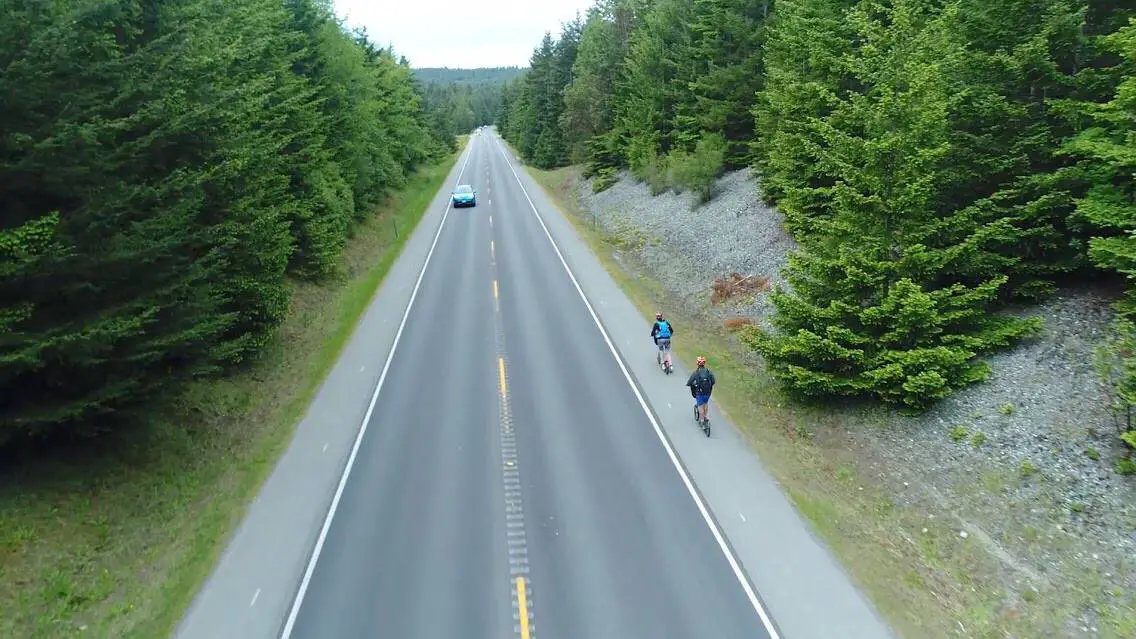
How to plan an adventure: early days
We decided to do Kicking the States about 7-8 months before we left for the expedition. For the size and the amount of exposure we were hoping to get, this was a good amount of planning time.
I’m always wary of having too much time as you can over plan and lose motivation.
#1 Google
For every stage of planning and deciding, Google really is my best friend. I started by searching for similar trips and reading up on other people who’d done long distance scooter adventures (there aren’t many!).
If there was ever a question that I was struggling to find just by googling I’d use the internet to find someone to ask. Post your question on social media or find people who live in the place you are heading. People are usually more than happy to help. If someone has previously done a similar expedition drop them an email and ask for advice directly.
#2 The route
Step 1 was working out the rough route we wanted to travel. We knew we wanted to explore the West Coast of the USA. Kick scooters aren’t too dissimilar to bikes so we used this when searching and found that there is a bike route the goes from Canada to Vancouver.
We decided to only roughly follow the route as it missed some places that we wanted to visit – mainly Portland and Seattle. Plus being on kick-scooters, hills are our biggest enemy and we could avoid a lot of climbing by staying in-land for the first couple of weeks. We worked this out using google maps and downloading a cycling app that showed elevation.
Having the cycle route gave us a rough indication of distance and we were able to start reading up on a few of the logistics involved like how cyclists managed sleeping and food. You don’t need to have it all worked out but just a rough knowledge base so you can make educated estimations.
#2 Visas
Visa restrictions are worth checking out from the start. Often they can limit your time in a country. Restrictions meant that we only had a 3-month window in the States so we knew we’d have to keep within this time frame.
#3 Start date
We wanted the sun but to avoid the heat and busy August month so left in May.
To work out how long it would take we estimated how long we thought we could travel each day on kick scooters. We didn’t actually have the kick scooters at this stage to try this out so based this on advice speaking to other scooterers. Then we accounted for a rest day every week plus a couple of weeks to spare. We split these extra days over the major cities we passed so we could take an extra day to explore the place and give talks along the way. It meant that we had a bit of time to spare if things went wrong and we needed to scoot through rest days.
#4 Budget
We put together a spreadsheet and put in all the different expenses we’d have….flights, insurance, accommodation, food, gear, etc. A lot of this can be worked out just by simple searching but some, like accommodation or food, was a bit more uncertain. We asked people we knew living in the States how much they think we’d need to budget and that gave us an estimate.
Mostly we wanted a budget because we were looking for sponsorship. If funds are limited though you will want to make sure you work this out properly so you don’t get stuck mid expedition.
Always factor in some contingency money! 10% minimum.
I put together a budget listing exactly
how much we spent on our Kicking the States expedition which might be of interest.
#5 Sponsorship
As soon as we had the basic plan for the expedition we set about looking for sponsorship. I wanted to get on this early as I thought it would take a long time but was surprised that we got the support of the brilliant guys at
Vivo Life very early on.
If you are looking for sponsorship check out:
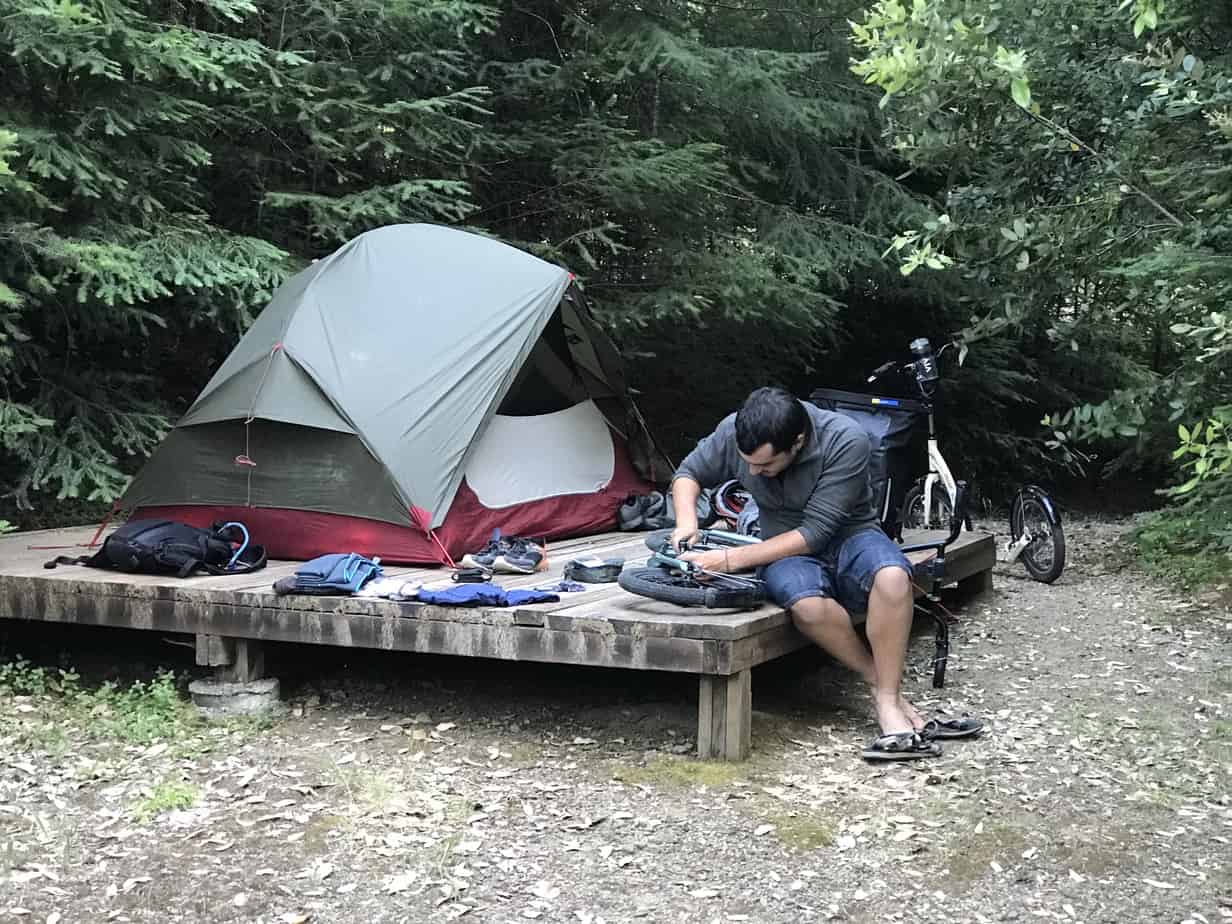
#6 Organising the basics
Before worrying about the details or getting involved in things like press and social media, we organised the basic logistics. These are the skeleton of your expeditions and the fundamentals needed to make it happen.
Transport
Use
Skyscanner and Kayak to find the cheapest flights and then booked them. I always think booking your flights or transport is the moment that you are fully committing so like to do this first!
I also like to organise a transfer from the airport and book somewhere to stay for the first couple of nights. It’s important to me to have a settling in period.
Accommodation
You will need to understand out how accommodation is going to work on your expedition. If you are rural then chances are you can rely on wild camping which is the easiest and takes no prior planning (except maybe understanding the laws involved so you don’t get arrested). If using hotels it’s worth checking if places book out or if you have the flexibility to be spontaneous and just turn up.
With Kicking the States we worked out our accommodation early on just for the major cities. We did this early on for a few reasons – cheaper prices, peace of mind and also to make immigration easier as they like you to have some bookings and a plan.
Food
How are you going to eat on your expedition? For some, you will need to take expedition food. You might be able to take it all with you or might have to send packs to yourself ahead of time to make sure you can resupply. This takes a bit of planning.
For Kicking the States it was easy. We decided not to bother with a stove as it took too much space so instead relied on places we passed along the way – restaurants and service stations.
Insurance
Get your insurance early on as then it covers any spending you put towards the expedition. Make sure you are covered for your specific activity. We used
Virgin Travel Insurance as they allow for longer trips overseas and we just paid a small extra to be covered for the kick scooting.
#8 Training
I did zero training for Kicking the States….although I did intend too! With a baseline fitness, I’ve found that you can usually get yourself fit while on an expedition. If you want to go fast or break records though you’ll probably want to actually train though.
#9 Website & social media
We built a website for Kicking the States – just a simple one with details on what we were doing and how people can sponsor us. We already had social media pages for our retrospective blogs, but you might want to set up a social media page just for your expedition.
You don’t want to leave this too late as it can take time to build up a following online.
Check out my
social media top tips if you need help with this.

How to plan an adventure: the build-up
With the essentials of the adventure organised I then relaxed a bit and forgot about the expedition for a couple of months. This would usually be the time when you would focus on training (if you aren’t a lazy bum like me) and growing your social media.
The only thing we worked on in this time was finding a company to give us a pair of kick scooters for the expedition. We ended up with
Yedoo scooters (which really did exceed all expectations).
Then about 6 weeks before leaving, we picked up the pace again and went into the next phase of planning.
#1 Sorting kit
We put together a kit list of all the items we’d need for Kicking the States (you can see it here). Most of the items we already had and for the remainder, we sent out emails to companies asking if they would provide gear for free in exchange for photos or tags on our posts.
We were wearing Vivo Life T-shirts as part of our sponsorship agreement with them so we also sorted these out.
#3 Press pack
Being in the media helped us in lots of ways including….getting more sponsorship for our fundraising goal, finding hosts to put us up for a night (being in the news made us more legitimate) and also raising our profile generally.
Before leaving we put together a Press Pack and sent it to newspapers, magazines and radio stations both in the UK and in the States.
The best time to contact the local press is just before we were due to scoot into their area. We put together a big spreadsheet of all the press contacts (found by googling online) organised by areas. It meant that we just needed to copy, paste and send rather than wasting time on the scoot doing research.
#3 Organising talks
We decided we wanted to give free talks en route in exchange for donations to our charity. I made a 1-page pdf saying what we were doing and why they should book us to give a talk. I then emailed it to places that we passed along the way – outdoor stores, rock climbing centres, education centres, companies.
This was a frustrating process as it’s hard to get talks organised without a contact. In the end, we ended up doing about 10 talks (although at 1 of them no one showed up!!). Most of them brought in a few hundred in donations although some of them didn’t bring any.
Accounting for the money (on taxis) and time we spent organising them, I’m not sure it was worth the effort. Although having said that, I absolutely loved delivering the talks and hearing from people that attended that they felt inspired after.
#4 Launch on social media
We created some specific icons for the Kicking the States expedition and then had an official launch date online where we told everyone our plans. You don’t want to do this too soon before leaving as interest will lose momentum. It’s good as well to build up to the launch with a few teasers.
#5 Schedule for the expedition
We’d originally hoped to just work out the timing of the expedition as we went. However, we soon realised the benefit of having a proper schedule. It meant that we could give specific dates for talks and press. We could plan a few hotels on the way to make sure we had a proper break once in a while (these were always way cheaper if we booked in advance).
People who had heard about our trip and offered to host us and take us around. It was much easier to give them an exact date and meant that we didn’t need to keep contacting and organising this while we were on the road scooting.
We added reminders for when to send out press packs. And when we had interviews or needed to send an email to confirm it was still ok to stay with someone. The schedule was pretty epic!
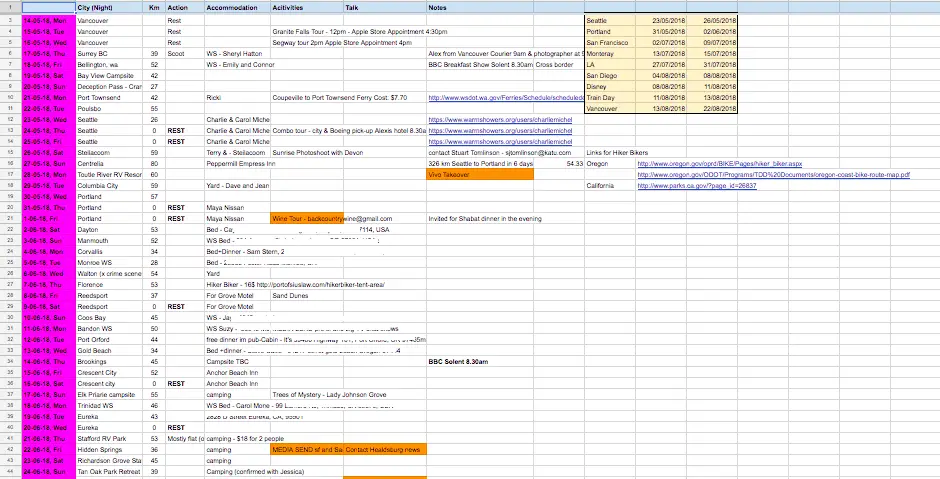
You might decide that being this organised takes the fun out of an adventure. For me, this meant I could enjoy it more and it felt like we were able to really make the most of every opportunity.
It’s a personal preference.
#8 Planning days off
We now also knew where we would have days off so did some searching and found fun things that we might want to do. One of our motivations was exploring the west coast of the USA so it was great to be able to enjoy the places along the way.
#9 Photography & film
We aren’t good photographers and also didn’t have space in our panniers to take proper camera kit. It was important that we captured our journey though as press always want good snaps and we needed photos for our blogs and fundraising talks.
So we posted on photography and film groups to see if anyone would be willing to snap a few pictures for us. We were amazed by the response and managed to get 3 photographers to meet us, 2 drone pilots and a filmmaker. Devon from Strange Trail Productions also offered to make a film about our expedition. He met us at various points en route.
This meant that we now have an expedition film which we could share afterwards at events and festivals to keep telling our story!
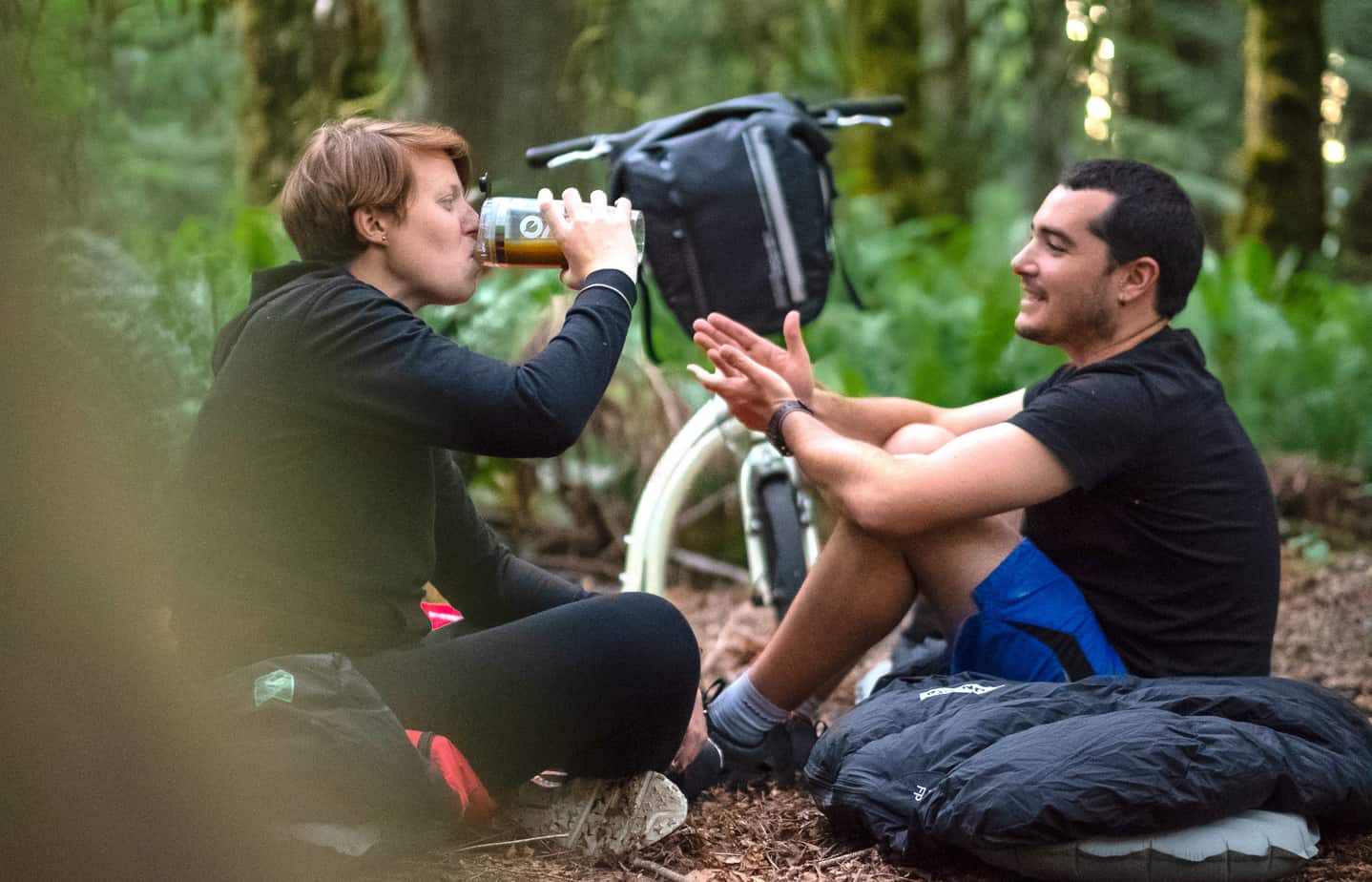
How to plan an adventure: on expedition
We flew to Vancouver with our scooters and had 4 days to get over the jet lag, reassemble our scooters and to see Vancouver. Then we were off! Even while on the expedition there was some ongoing planning that we needed to keep on top of.
#1 Food
We would look about a week ahead and use Google maps to plan out our route. Once we got a feel for the scooters and the roads in America this was easy to work out. We could then see if there were restaurants en route and would star any options. If there was a stretch with none we’d highlight a supermarket the day before and make a note in our epic schedule that we needed to supply and for how many meals.
#2 Accommodation
For accommodation, we relied on campsites (when they were easy to get to), the occasional hotel (about once every 10-14 days) and then on people hosting us. We found a lot of hosts through the
Warm Showers network which was brilliant. If we got stuck we would find a Facebook group in the area and post saying what we were doing and asking for a lawn to camp in….almost every time someone would write back saying they would be happy to host us and always in a room!
On the few days we got really stuck we asked people we passed if we could camp in their yard. It was ok doing this but took a lot of emotional energy to ask in the first place so I prefer to not have to approach people with a direct ask like this.
Through Facebook posts we also got offers to eat at restaurants for free or to attend activities along the way. Almost all our hosts would spoil us insisting on taking us for dinner or cooking meals. They were just so kind and keen to support our charity efforts. Such amazing people!
#3 Social media updates
We tried to post on social media a few times a week updating followers on the dramas and stories that unfolded. This kept people engaged in our expedition and also encouraged people to sponsor us.
I also kept a blog about our expedition. You can read them, starting with the first blog here.
#4 Filming
Filming and taking photos was an ongoing thing. Every time something happened we would try to capture it. We also tried to get an array of feelings from the trip – when things were good but also when things were bad.
Devon our filmmaker from Strange Trail Productions also came to meet us at certain points along the way.
#5 Ongoing press
Using our epic schedule we sent out batches to press as we nearer areas. Normally 1 about a week before and then send a reminder the day before. It was annoying sending out the email more than once but most of the journalists who replied did so the second time around!
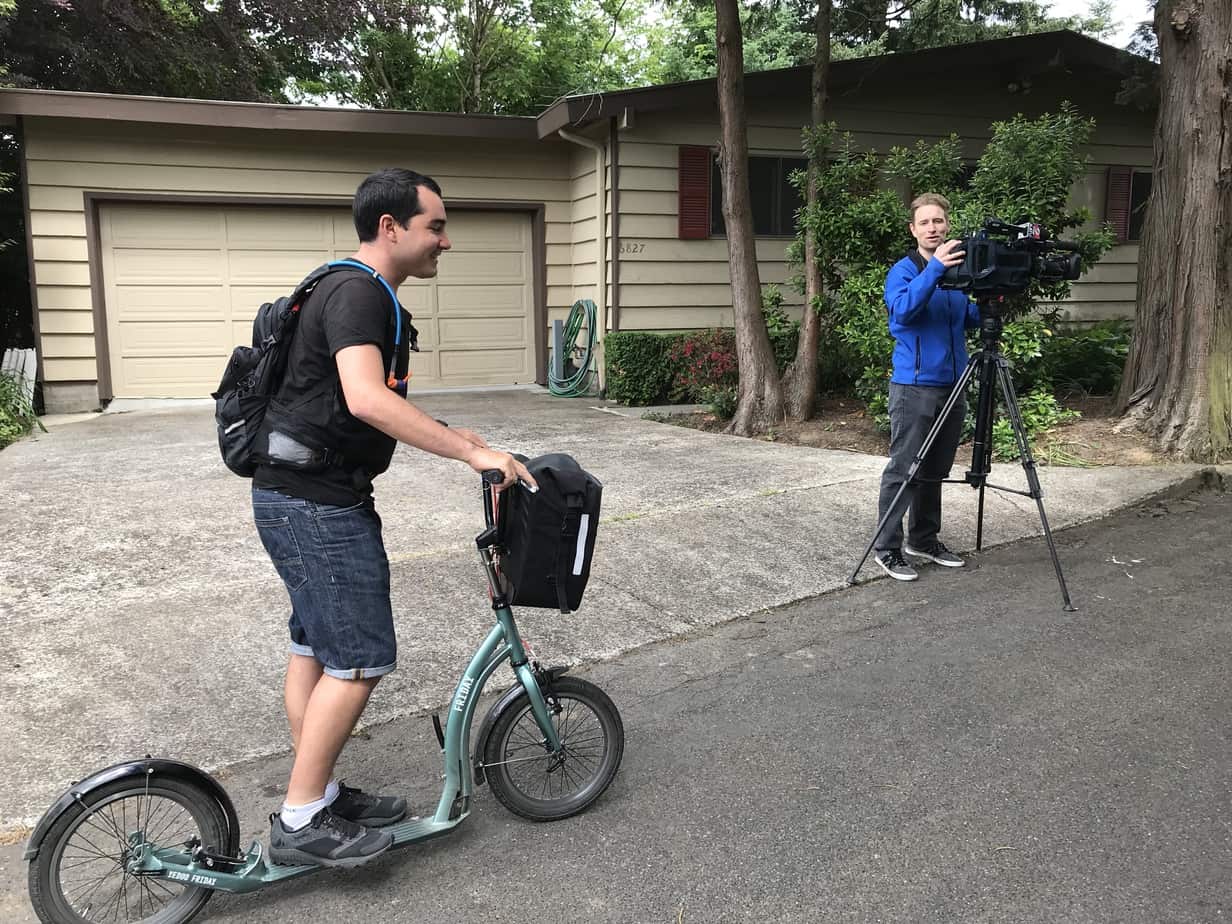
Get planning!
Wow, I was tired when Kicking the States was finished. But also really sad….I just had the best time!
It was a huge project but I took satisfaction in completing it and being creative in the planning process as much as doing the kick-scoot itself. We raised over $10,000 for our charity. I’m still beaming about that!
You can read my full summary of the Kicking the States expedition here.
After the expedition, we thanked sponsors, donors and our hosts. There was also the final round of sending our Press Packs and also pitching to magazines who might be interested in an article. And finally organising our photos and doing the end interviews for the film.
Planning an adventure can be a daunting task but try to enjoy the process and anticipation. As with most things in life, the trick to get going is to just start. Once you’ve ticked off the first task and got the ball rolling then everything should start moving.
Don’t get too stuck and rigid with your thinking. Flexibility is key to reaching goals!
If you found this blog helpful, follow me on
Facebook,
Twitter and
Instagram. Or you can subscribe to my
YouTube channel. I give all my advice out for free on my website. If you want to say thanks,
you can buy me a coffee!
*
Any women reading this?* I founded a women’s adventure community called Love Her Wild. Check out our
private Facebook page and see what
adventures we have coming up.



 You might decide that being this organised takes the fun out of an adventure. For me, this meant I could enjoy it more and it felt like we were able to really make the most of every opportunity.
It’s a personal preference.
You might decide that being this organised takes the fun out of an adventure. For me, this meant I could enjoy it more and it felt like we were able to really make the most of every opportunity.
It’s a personal preference.

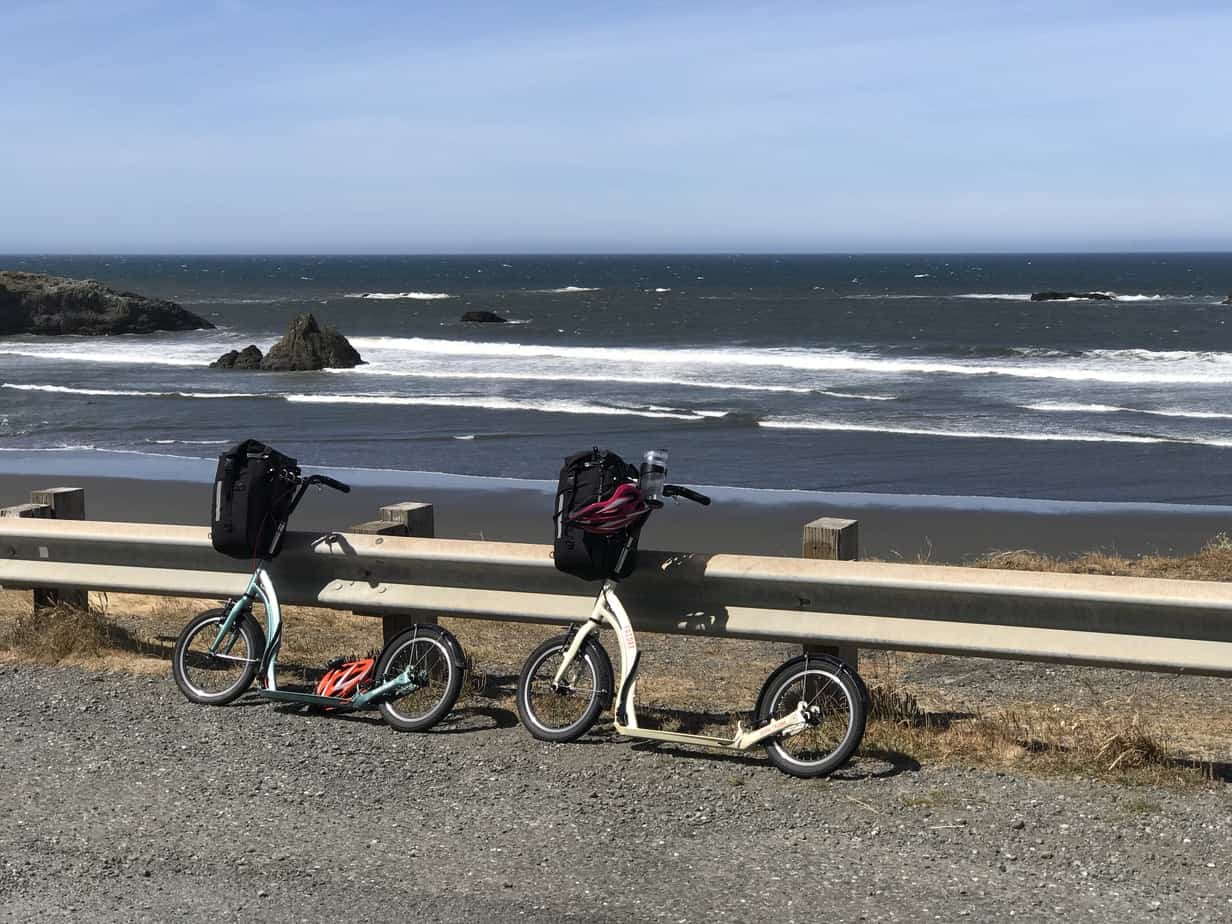




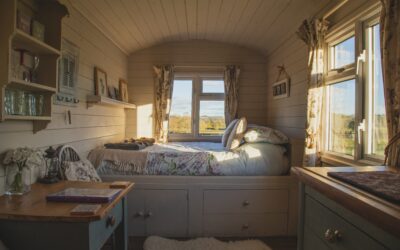
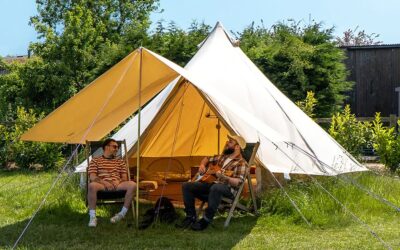
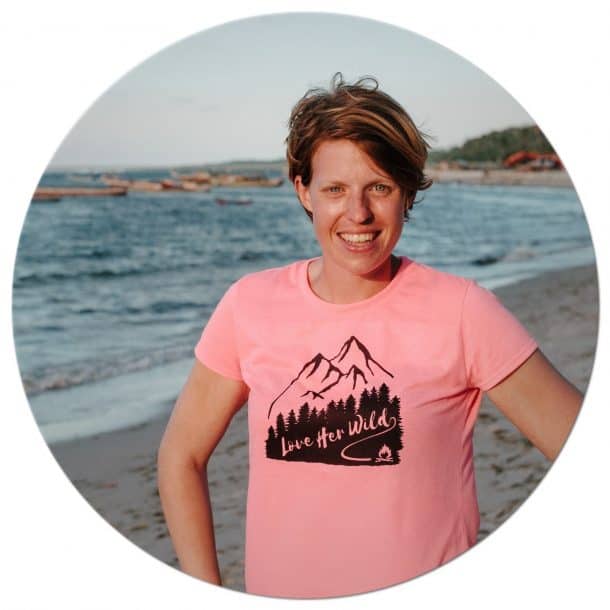
First you have to know where you want to go, how do you start to know when time and budget is limited.
It can be hard deciding on what to do next! I usually tend to think about what activity I want to do then look at ways to make it happen. For example, I might decide I really want to do another hike. I will then see how far my money can take me and what countries I can afford and then how much time I have.
The end adventure might look different to how i imagined but I’m a big believer that there is always a solution and a way to make it happen!